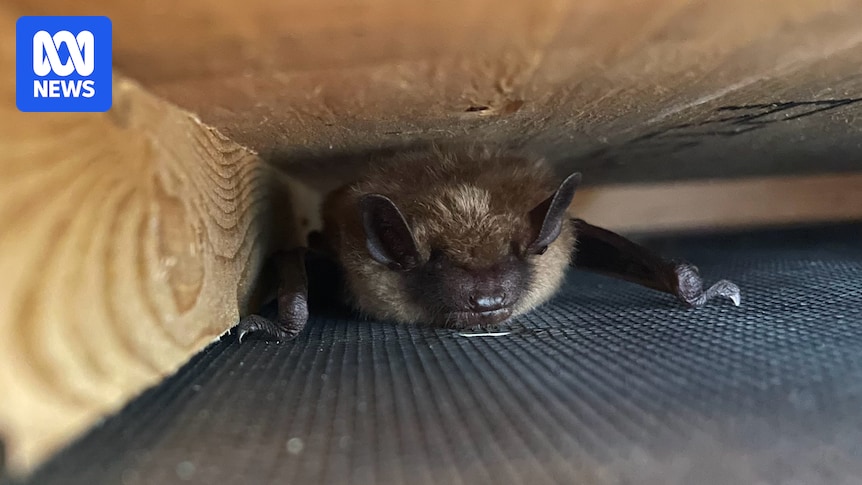
Artificial roosts for bats, commonly known as “bat boxes,” have become a favored conservation tool to support native bat species, particularly in urban areas where natural habitats have been depleted. However, a recent study published in the Journal of Experimental Biology warns that poorly designed bat boxes can turn into deadly traps during heatwaves.
Conducted in Canada, the study reveals that these boxes can reach lethal temperatures, posing a significant threat to bats. The lead author, Ruvinda de Mel, a PhD candidate at the University of Newcastle, notes that similar incidents have been reported in Australia, where bats succumbed to extreme heat within these artificial shelters.
Understanding the Risks
The research focused on big brown bats (Eptesicus fuscus) in Lillooet, western Canada, a community deeply invested in wildlife conservation. De Mel and his team captured 22 bats, monitoring their physiological responses to varying temperatures. This data was crucial in predicting how bats would fare during heatwaves, revealing that temperatures inside bat boxes could exceed 50 degrees Celsius, a fatal threshold for these creatures.
Christopher Turbill, an ecologist at the University of Western Sydney, praised the study for its integration of physiological and environmental data, which is vital for understanding the impact of climate change on bat survival. “We can make pretty firm predictions and understand the physiology underlying those predictions,” Dr. Turbill commented.
Australian Bats and Heat Risks
While the study was conducted in Canada, its implications are global. De Mel highlighted several instances of Australian bats perishing in heat, including a notable incident in 2017. Shannon Currie, an ecologist at the University of Melbourne, explained that Australian bats are particularly reliant on old trees for roosting, which naturally regulate temperature.
However, climate change threatens even these natural habitats. Rising temperatures could transform traditional roosts into dangerous environments, potentially creating “ecological traps” for bats, as Dr. Turbill cautioned. “Bats tend to be quite faithful to certain roosts, so there is the risk they keep returning to a roost that they’ve used in the past as extreme heat events become more severe,” he said.
Designing Safer Bat Roosts
Despite the risks, de Mel emphasized that bat boxes remain a valuable conservation tool if designed correctly. He suggested several modifications to make them safer, such as painting boxes white to reflect sunlight and relocating them to shaded areas. Additionally, he proposed the concept of “bat condos”—structures with varied internal temperatures, offering bats a choice of suitable microclimates.
Dr. Currie supported these recommendations, advising that artificial roosts should be constructed from diverse materials and positioned in different orientations to provide various roosting options. She also advocated for the preservation of old trees, which benefit a wide range of species, including bats.
A Broader Conservation Perspective
Creating insect-friendly gardens can further support bats by providing a reliable food source, while also benefiting other native species. Dr. Currie concluded, “Diversity in everything, in animals, in roosts, in plants. That’s really the best way to go about things.”
As climate change continues to alter ecosystems, the study underscores the importance of thoughtful design and placement of bat boxes to ensure they remain a safe haven rather than a hazard. The findings encourage ongoing research and innovation in conservation strategies to adapt to a rapidly changing environment.







